Clifford The Big Red Dog science kits introduce young children (ages 3 and up) to science in a fun and hands-on manner. Each kit comes with a colorful 20-page manual, as well as a lab tray and other science components that will make a child feel like a real scientist.
DEALS:
- Save 55% on a six-month subscription! Visit EDUCENTS TO GET THIS OFFER.
- Save 41% and get 3 free gifts! Visit EDUCENTS TO GET THIS OFFER.
The contents of the box make us feel like we’re going to do great experiments!
Clifford the Big Red Dog is an American children’s book series about a giant red dog named Clifford.
Inside the booklet is a letter from the founder and president of the Young Scientists Club, Esther Novis. The other page lists all the materials inside the kit.
The first experiment by Clifford and Emily Elizabeth is the milk rainbow, where the kids will add cups of milk to the bowl, add one drop of each color, add drops of liquid dish soap and observe what happens.
Everything in this box!
Here’s the lab tray. Before starting any experiment, you should take off the various components from the tray.
The other activities are making a rainbow star and using the pipette.
The kids already added drops of each color at the middle of the bowl.
After adding a drop of liquid dish soap, the colors formed a ring of a rainbow! This is so cool!
It’s just right to know how to use a pipette to add the exact drops of liquid for the experiments. I loved that this was its own task so we could practice this fine motor skill.
The next activities are mixing and moving colors.
Using the wells on the tray, the kids can mix new colors from the readily available ones.
Next up is the moving colors, where they used the chromatography paper to see how the liquid colors move!
The moving colors actually made cool patterns. The pieces of paper are made to the size of bookmarks, so we all know where they’ll all end up later!
Here are the chromatograph papers with all the moving liquid colors. They all look awesome! My kids were insanely excited about this “craft.”
The next activity is making colored bubbles. First, the kids filled the test tube with oil, then they added drops of liquid color.
When you let the tube stand, you can actually see the colored bubbles being separated from the oil.
Now, we’re on to test the rainbow glasses and make a rainbow spinner!
The kids had fun wearing the glasses while looking at a light bulb, they can see the different colors!
In making the spinner, the kids will need a circular board, a pencil, and some crayons. They divided the board into a pie then colored each section.
They poked a pencil at the middle so it can spin! If you spin it fast enough you’ll find that all the colors combined turn into white!
The last activity is making a rainbow explosion. They definitely saved the best and interesting experiment for last!
They placed a cup full of baking soda at the bowl in the tray. After that, they added drops of food coloring to it.
Finally, they added vinegar to the baking soda…
The vinegar reacted to the baking soda with food coloring, and it forms colorful foams and bubbles! It is called an acid-base reaction.
This month’s box from Clifford is really fun, educational, and colorful! Science kits are one of the best activity kits that we can have, and it never fails to spark my kids’ interest! My little scientists loved the last activity, which is about making an explosion of different colors! I’m proud to say that they know all their colors well, and they actually applied what they know in doing all these fun experiments. We love Clifford, and we love the fact that this box provides an easy and enjoyable way of learning and introducing the kids to the fantastic world of science! We did need a few items for home for this science kit, but we had everything we needed, and we had a colorful blast!
What do you think of this month’s box?
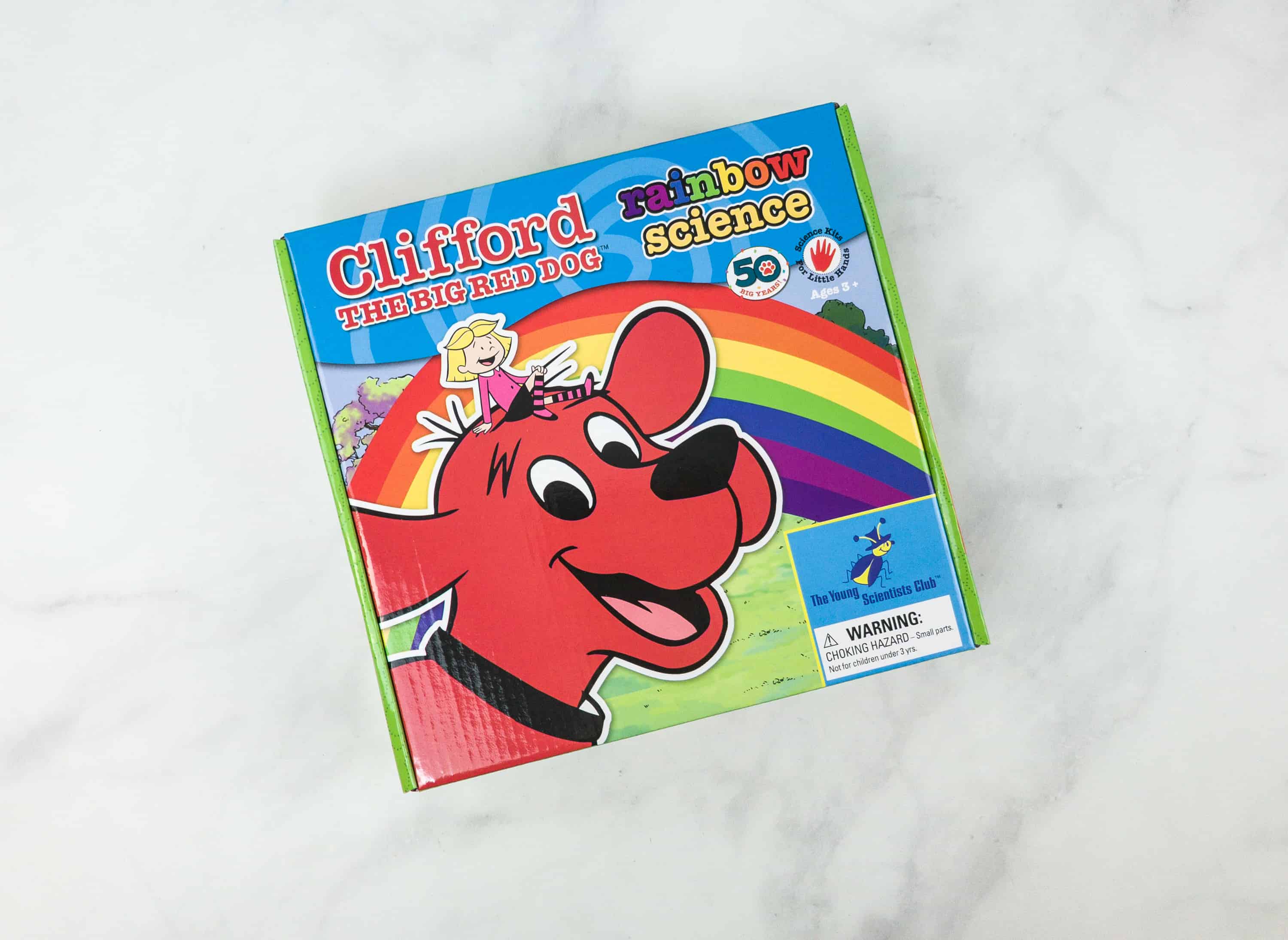
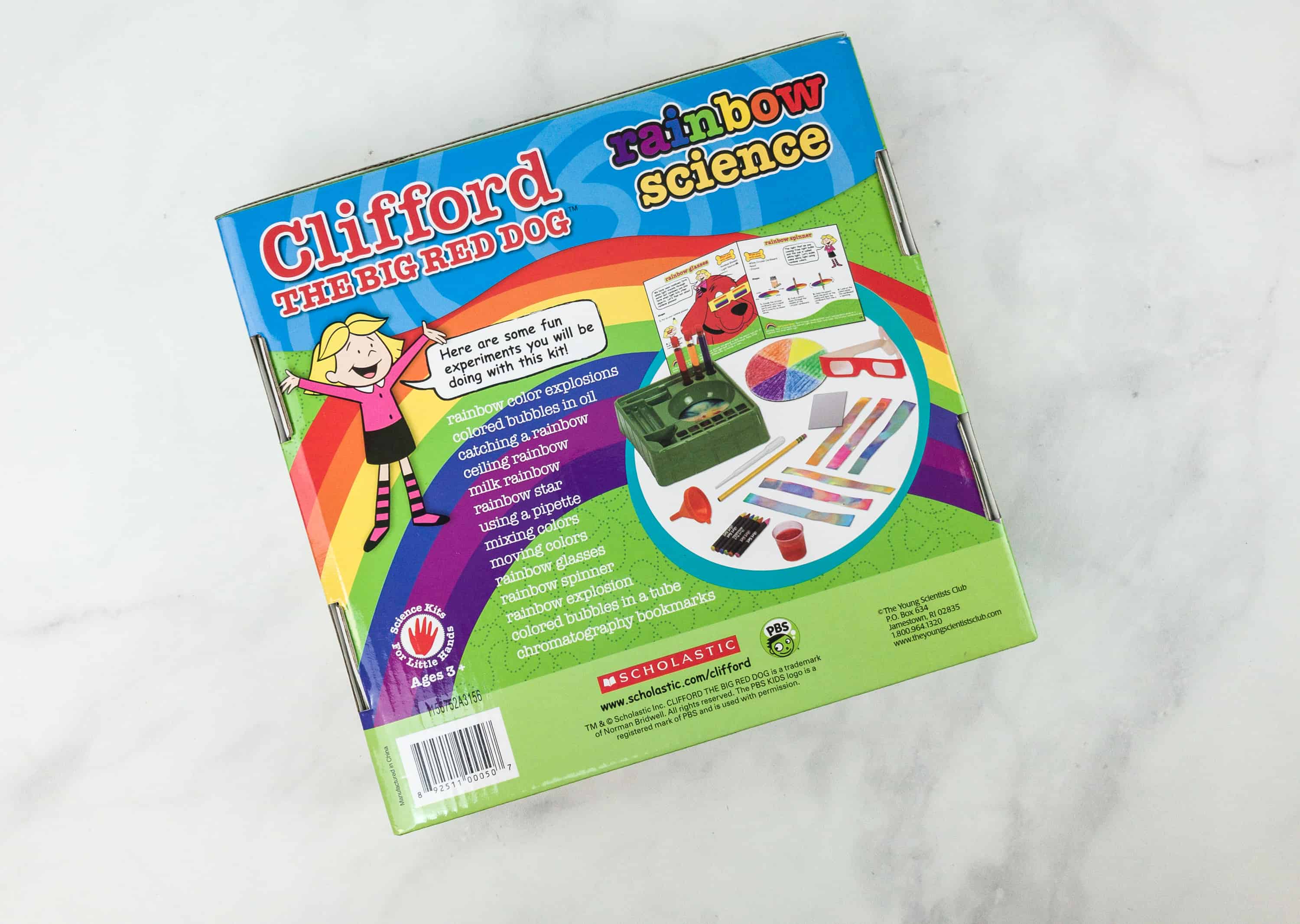
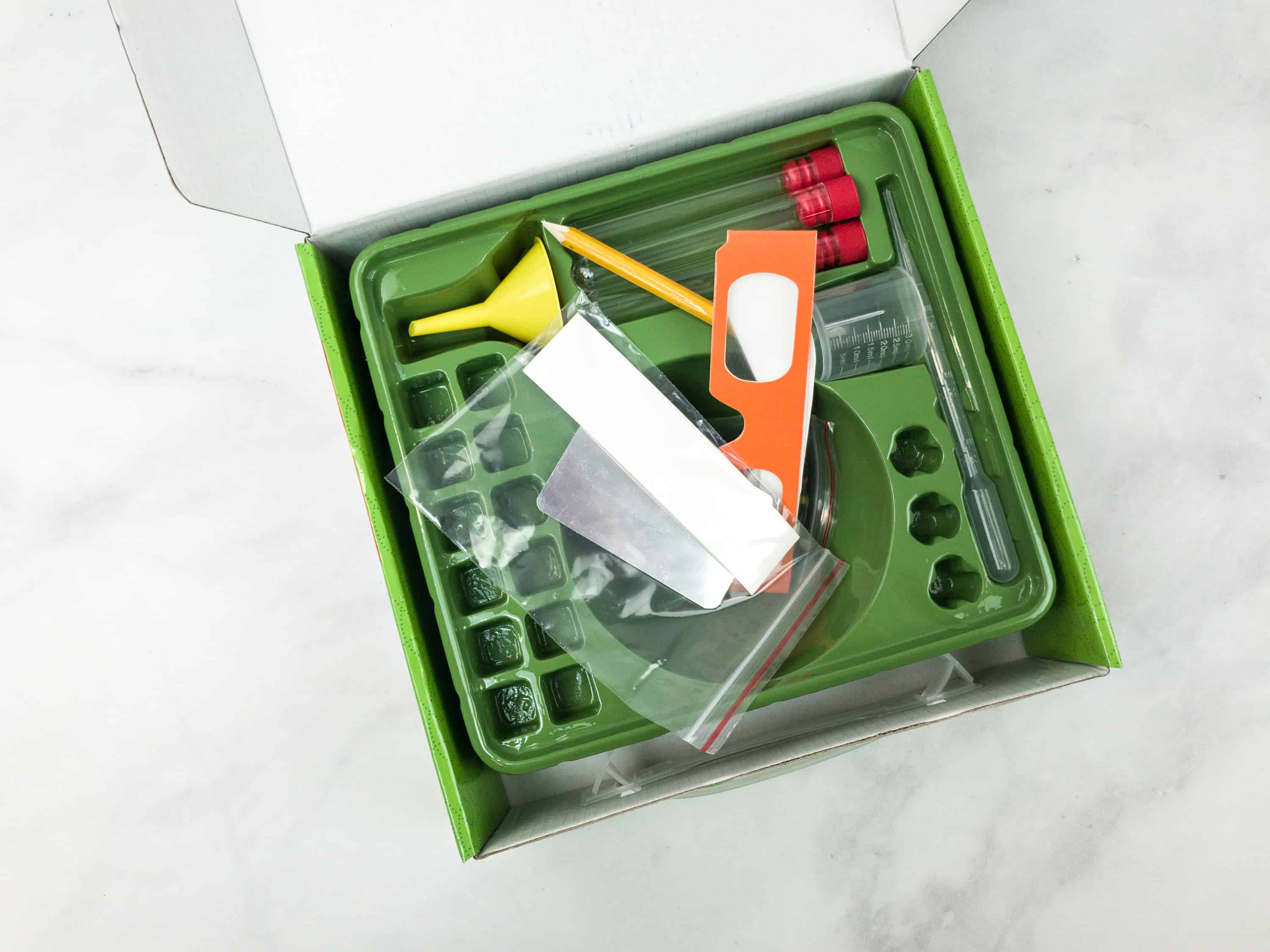
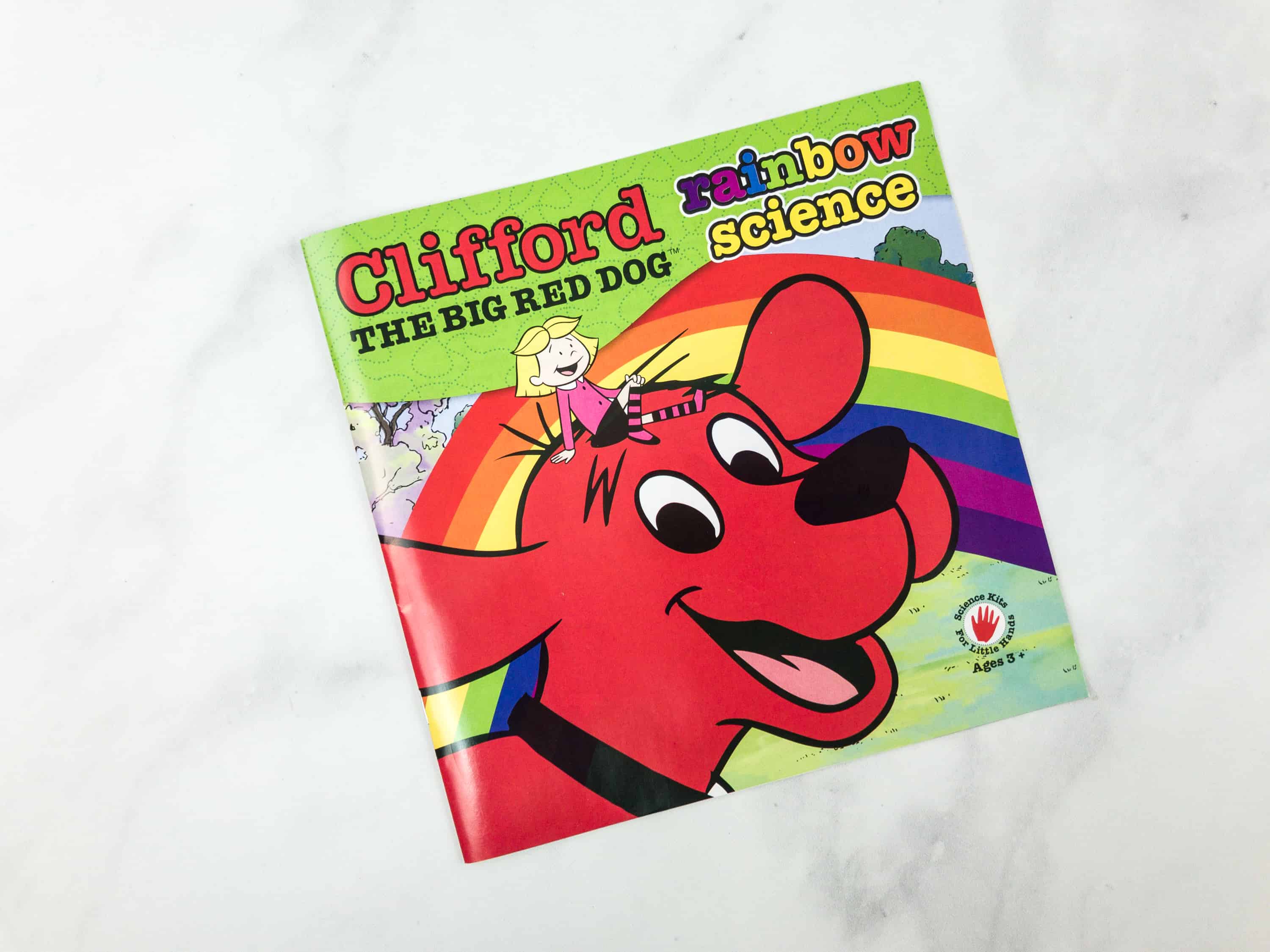
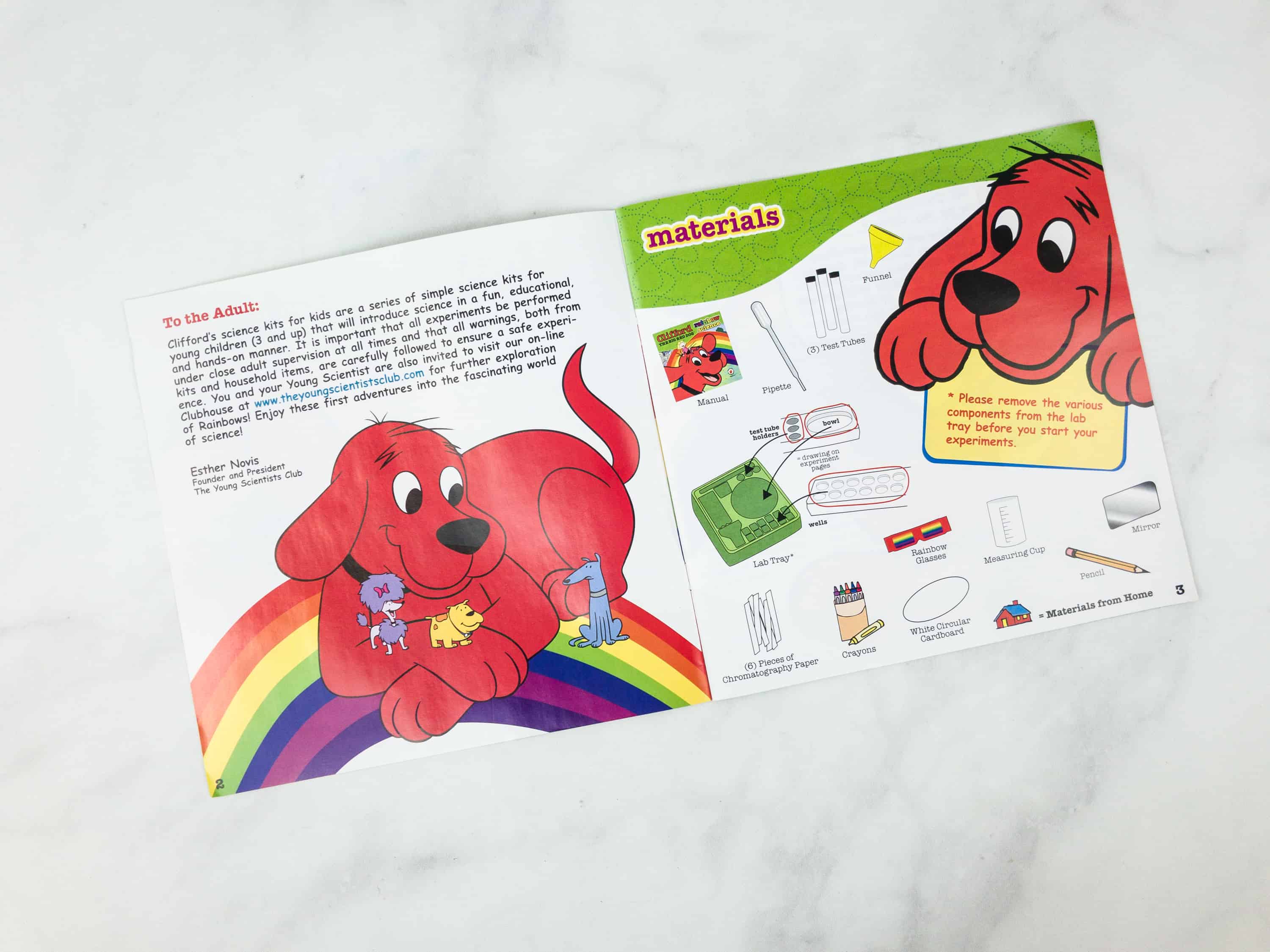
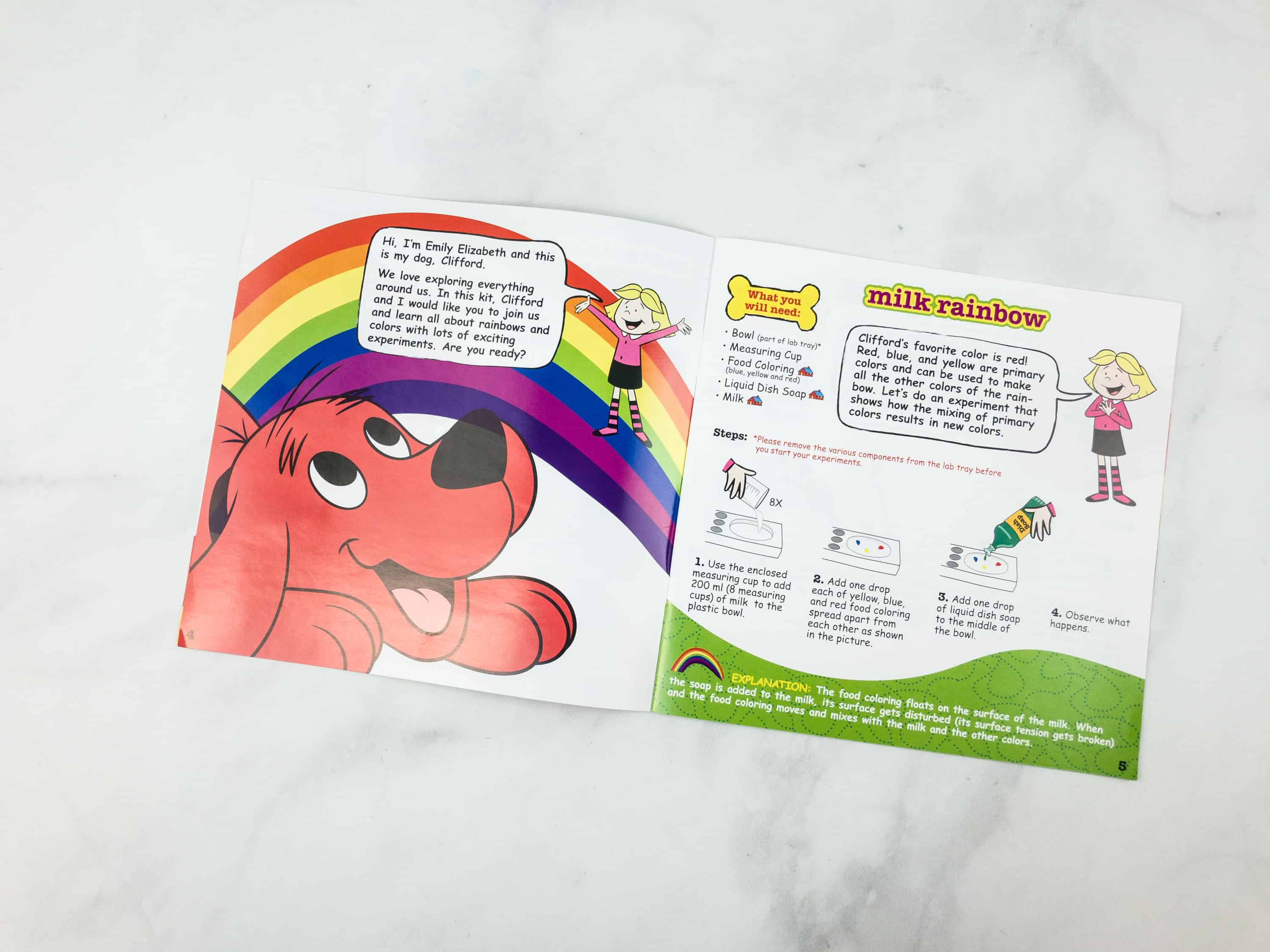
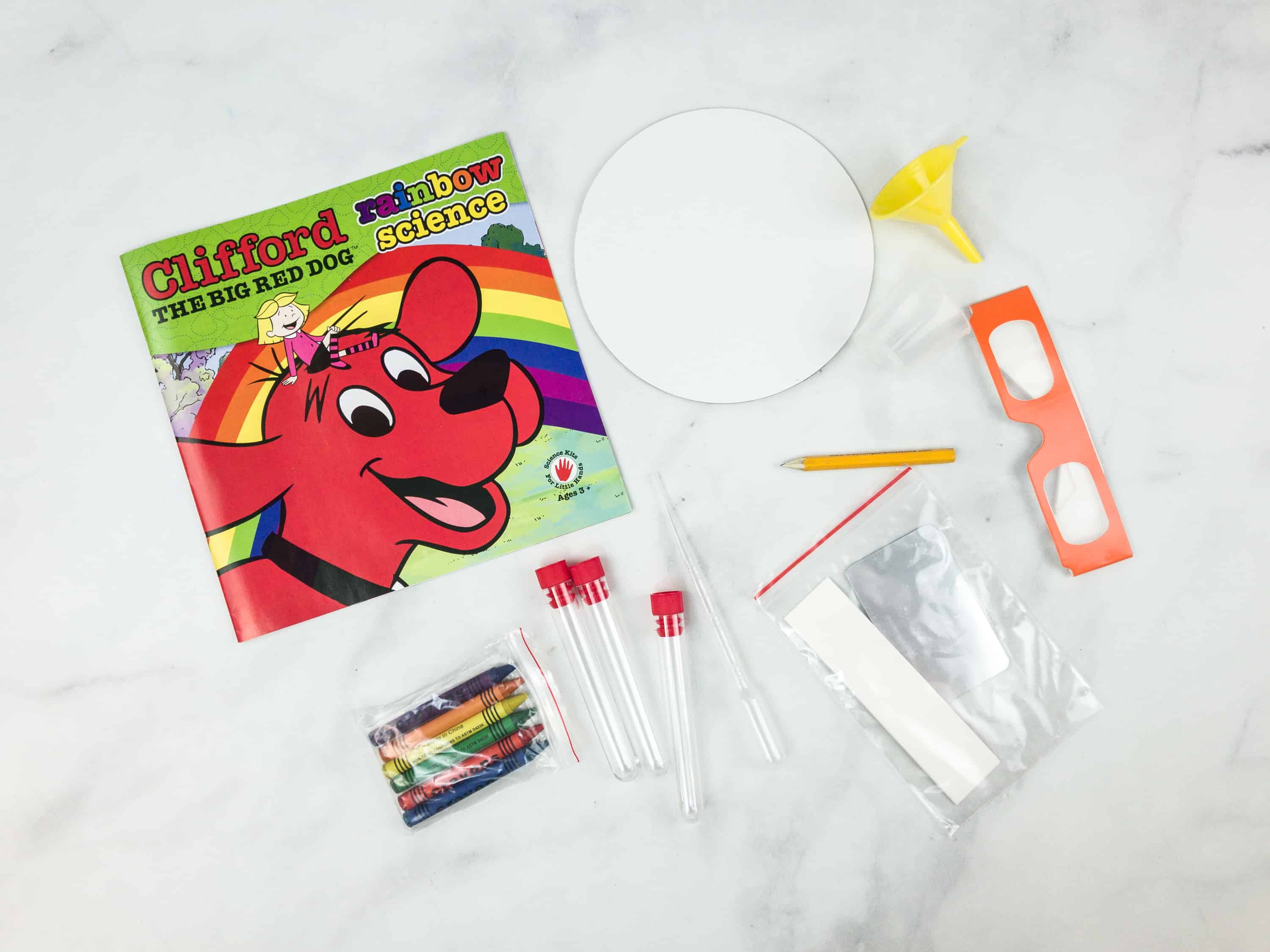
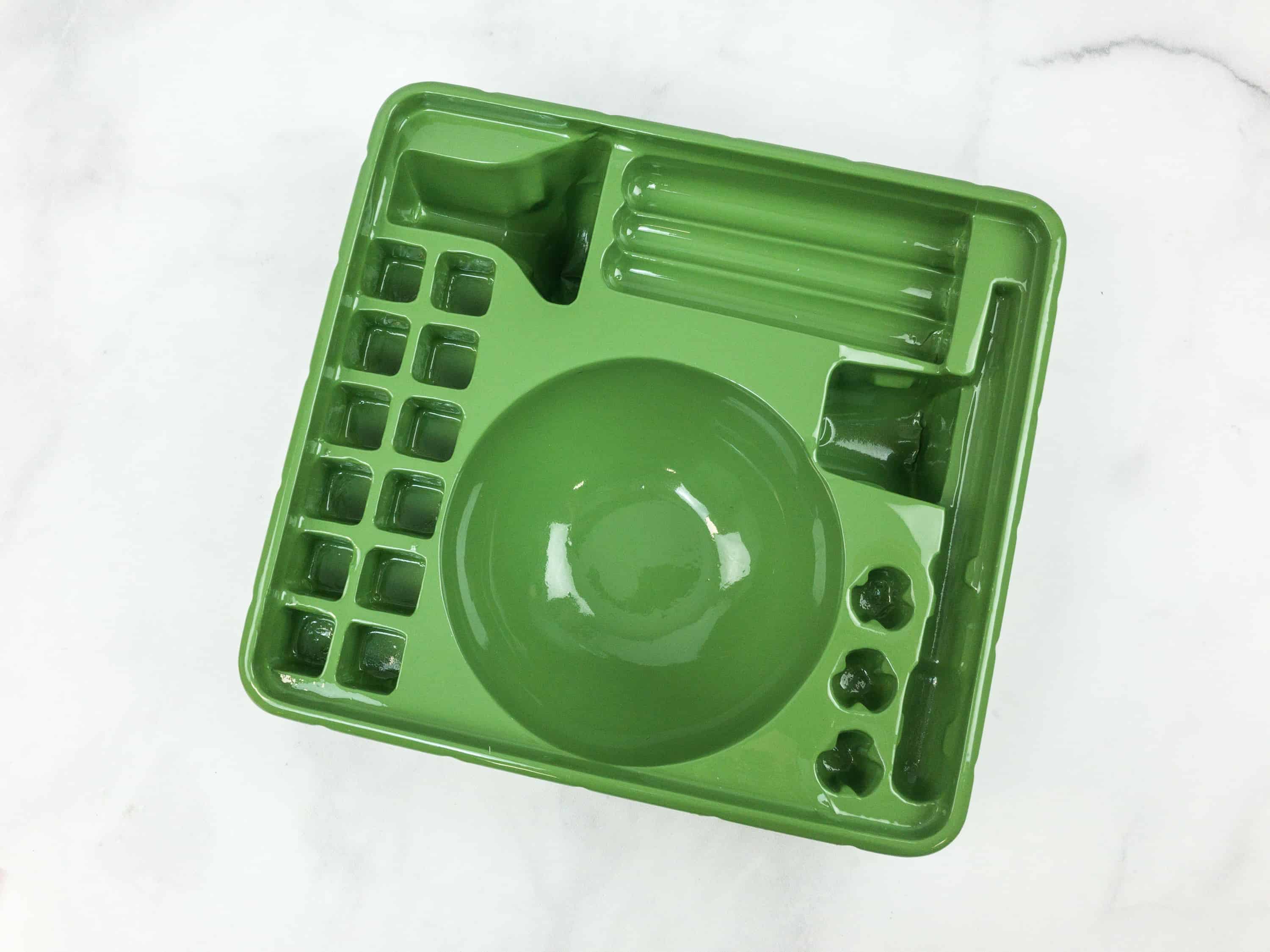
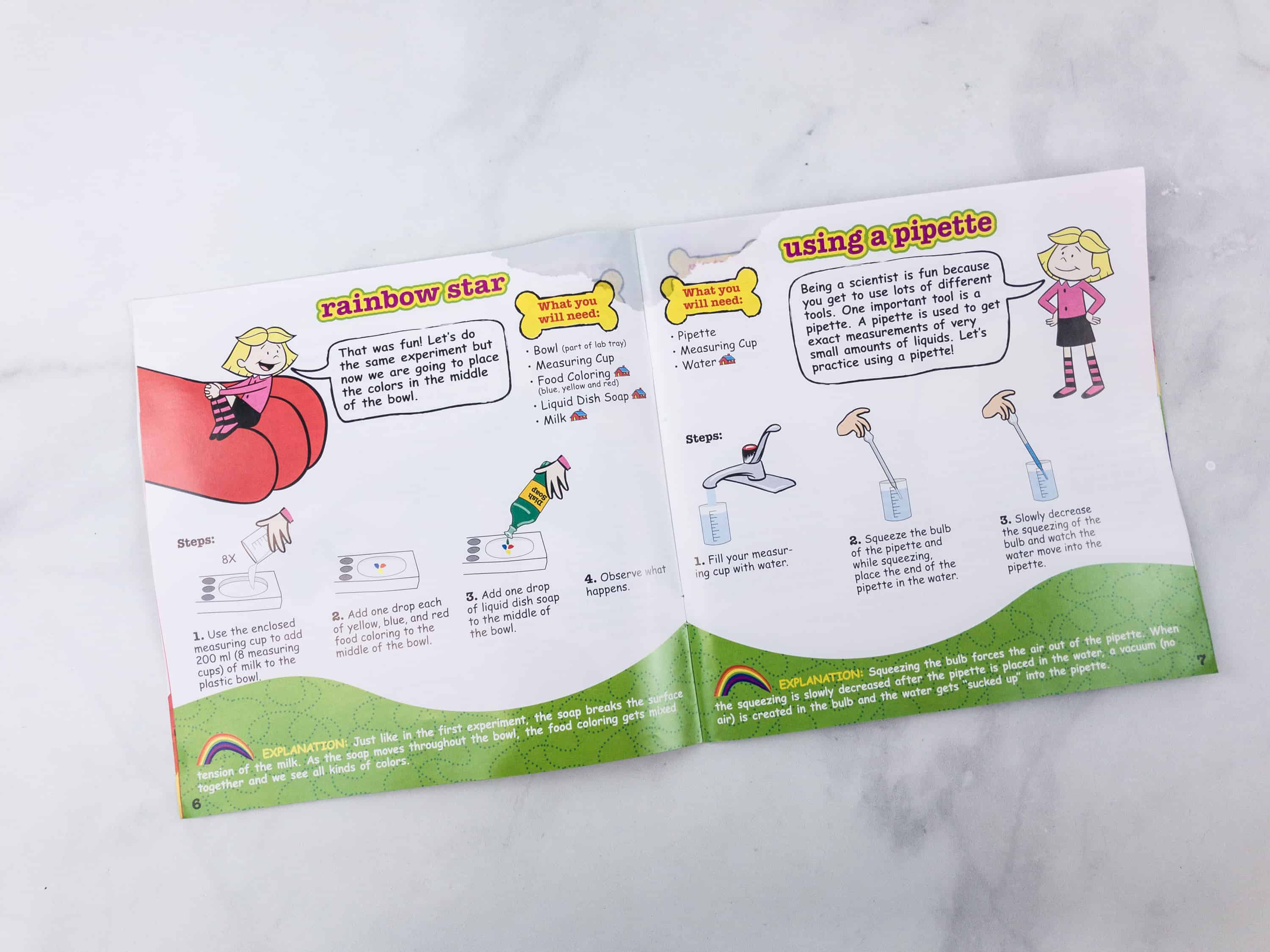
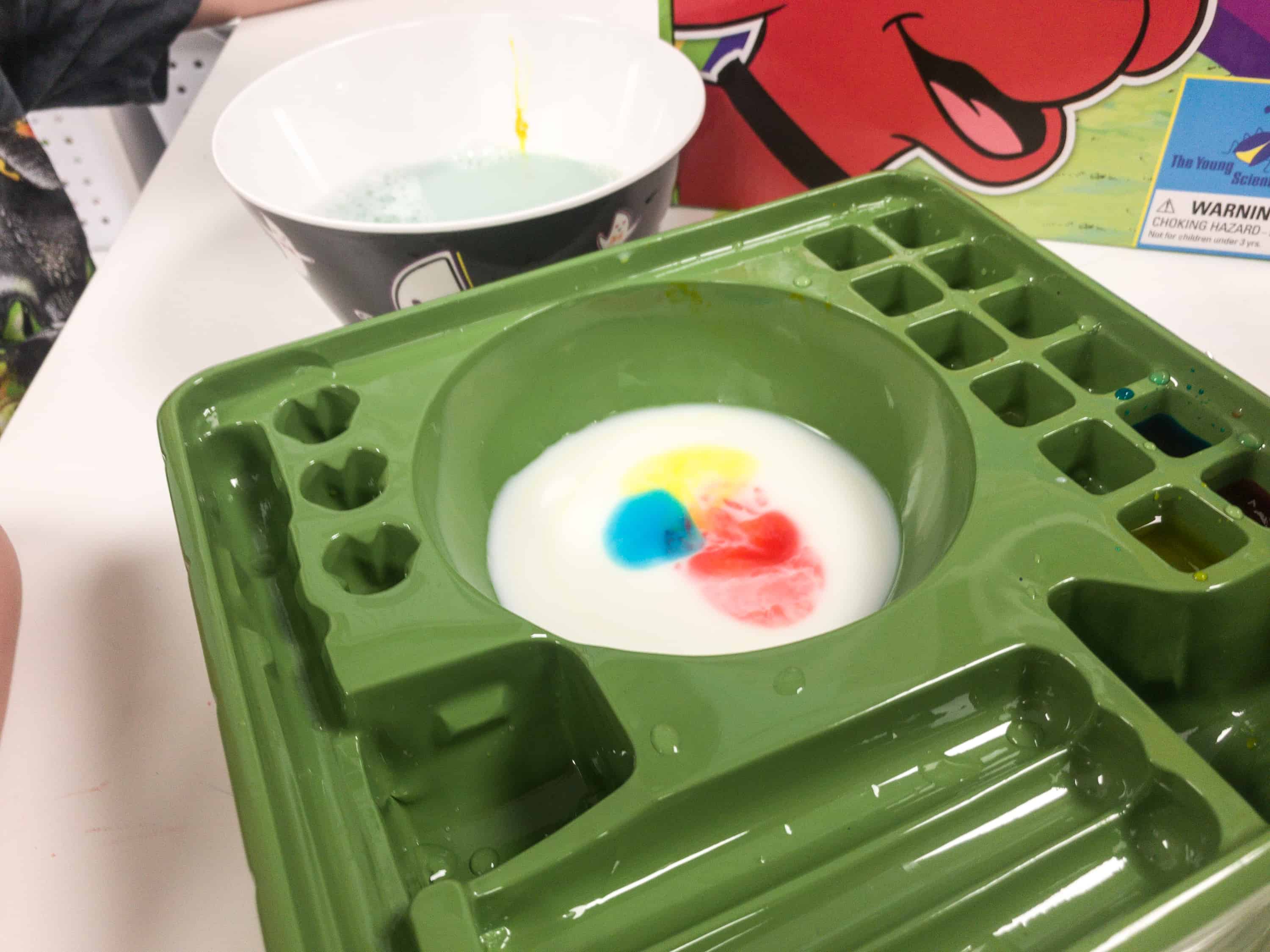

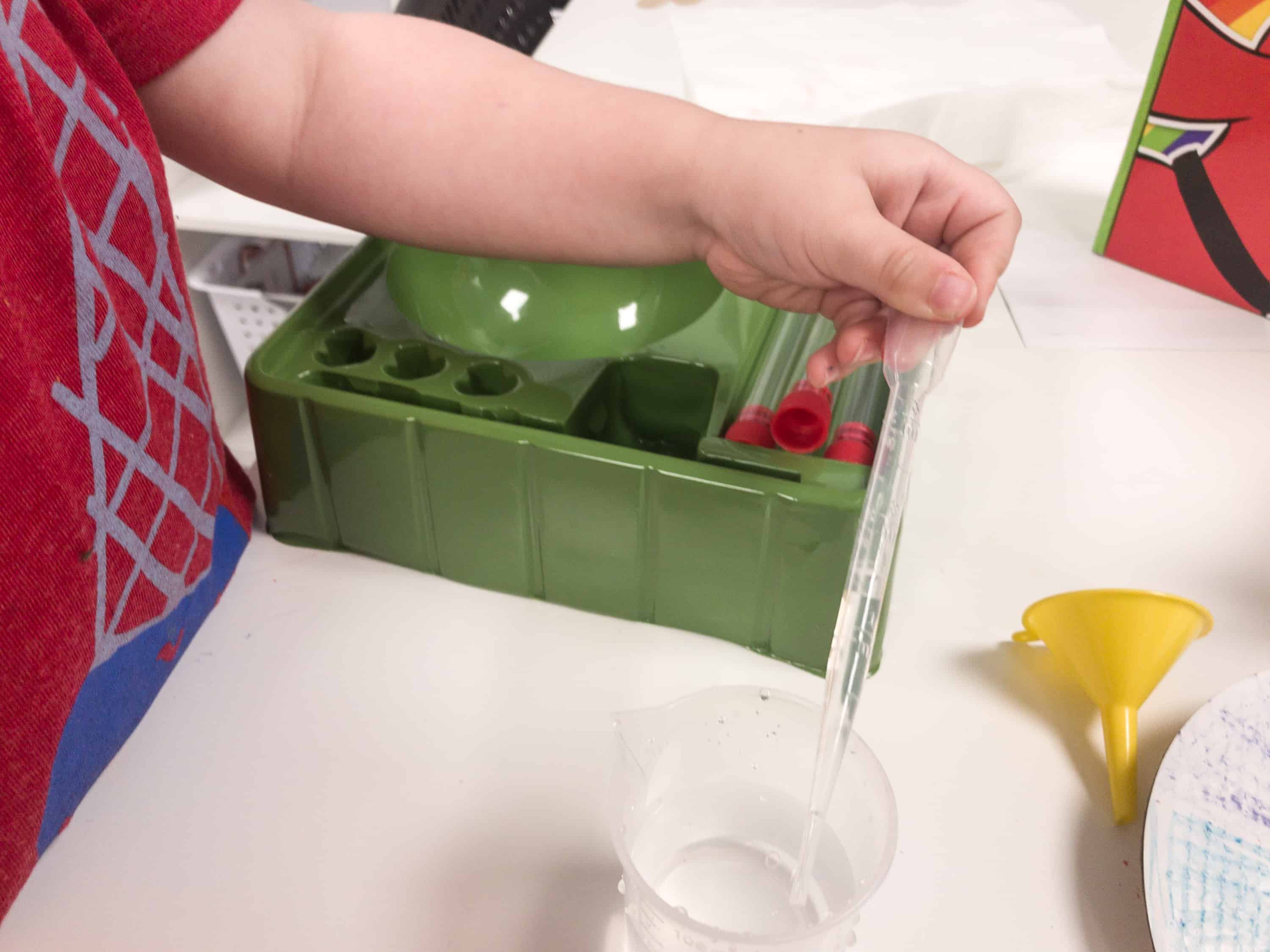
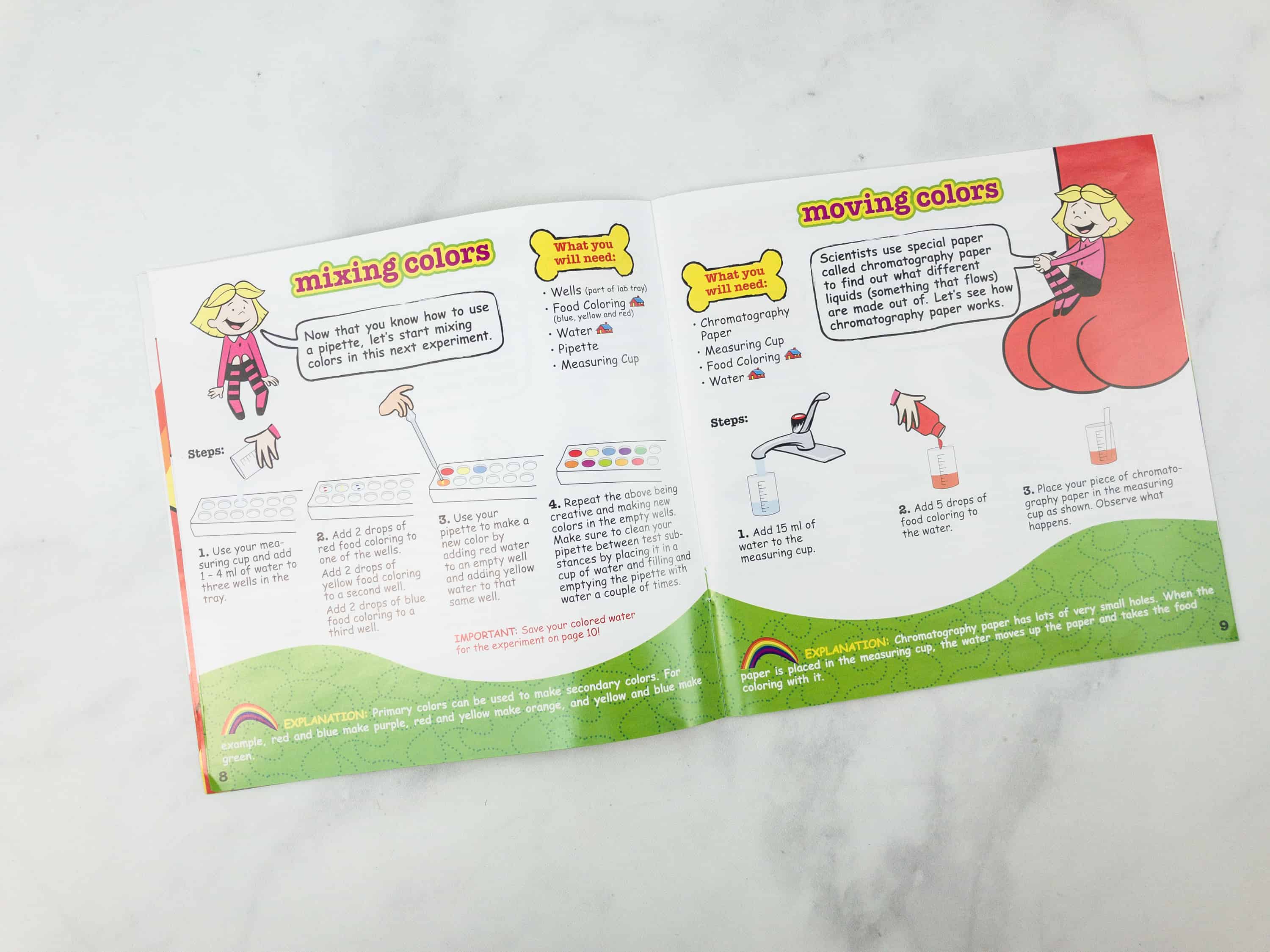
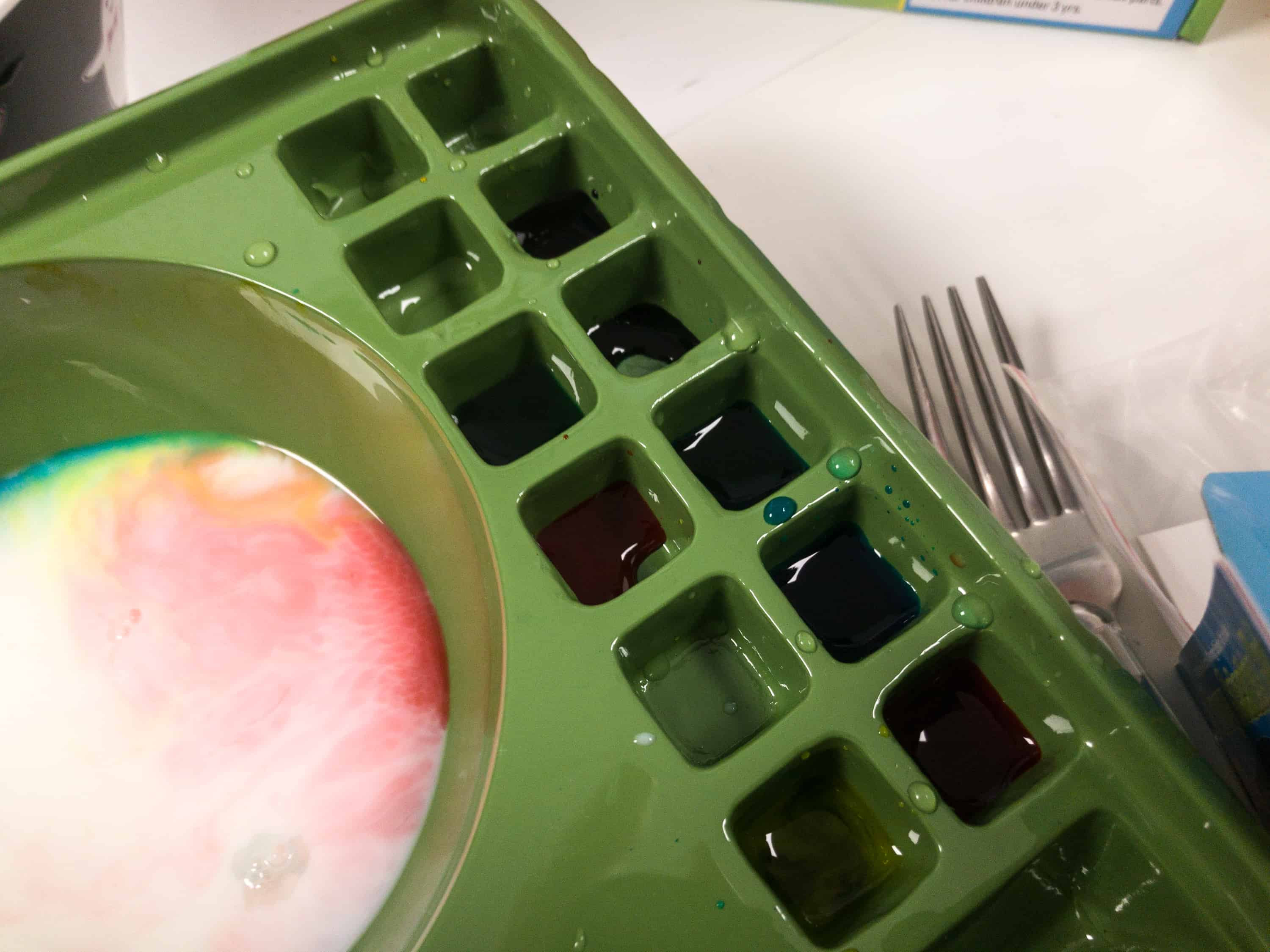
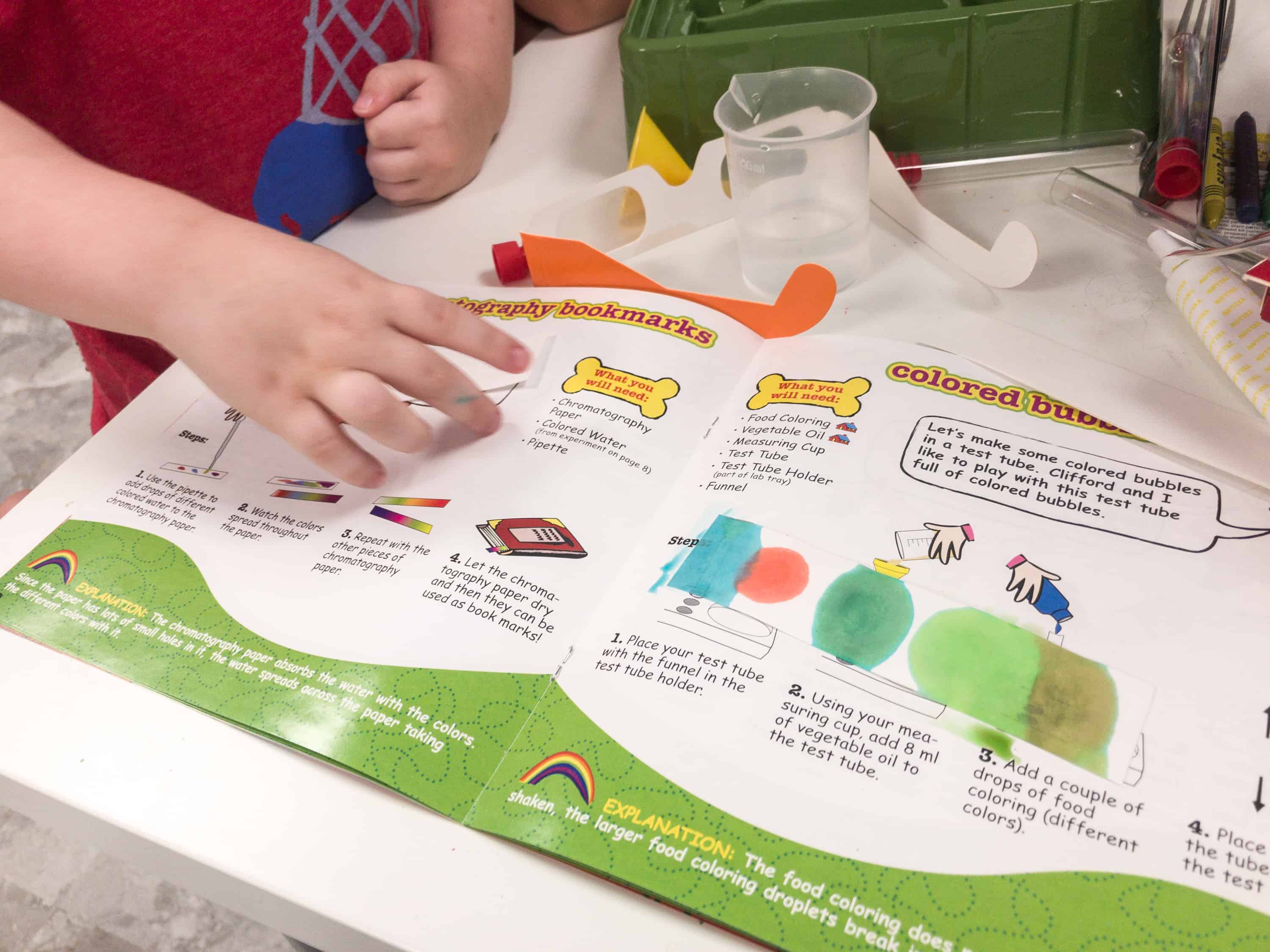


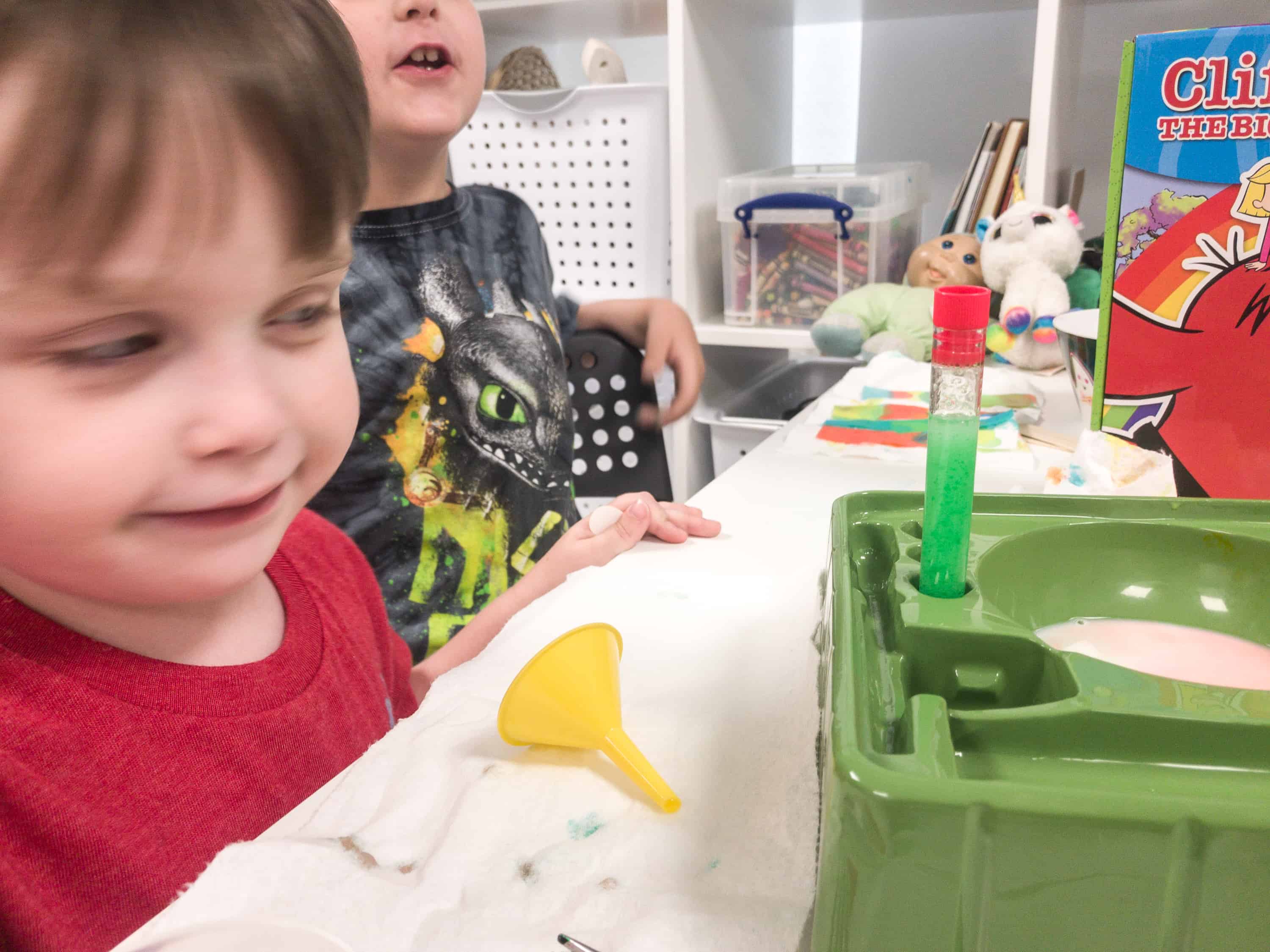
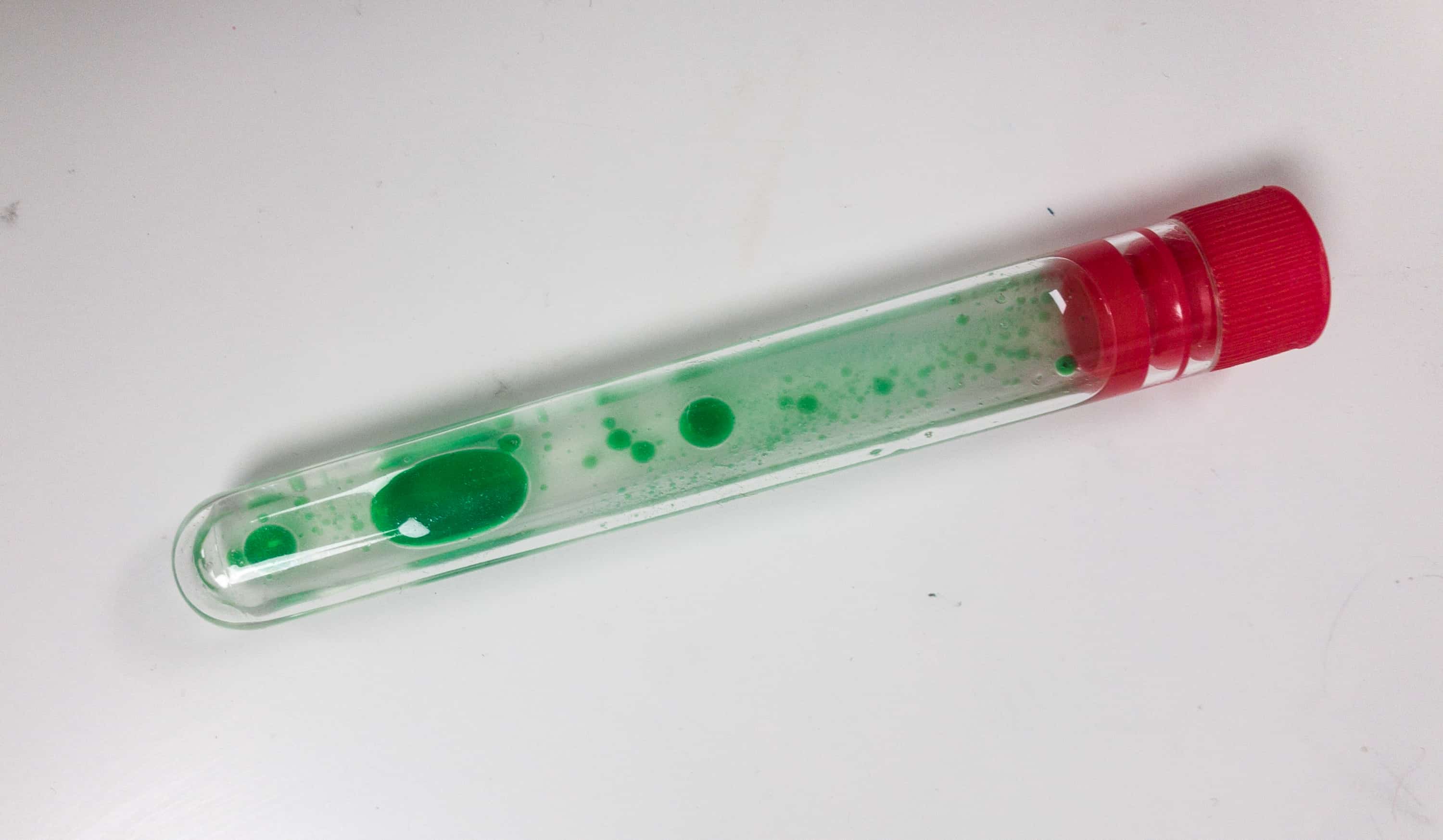
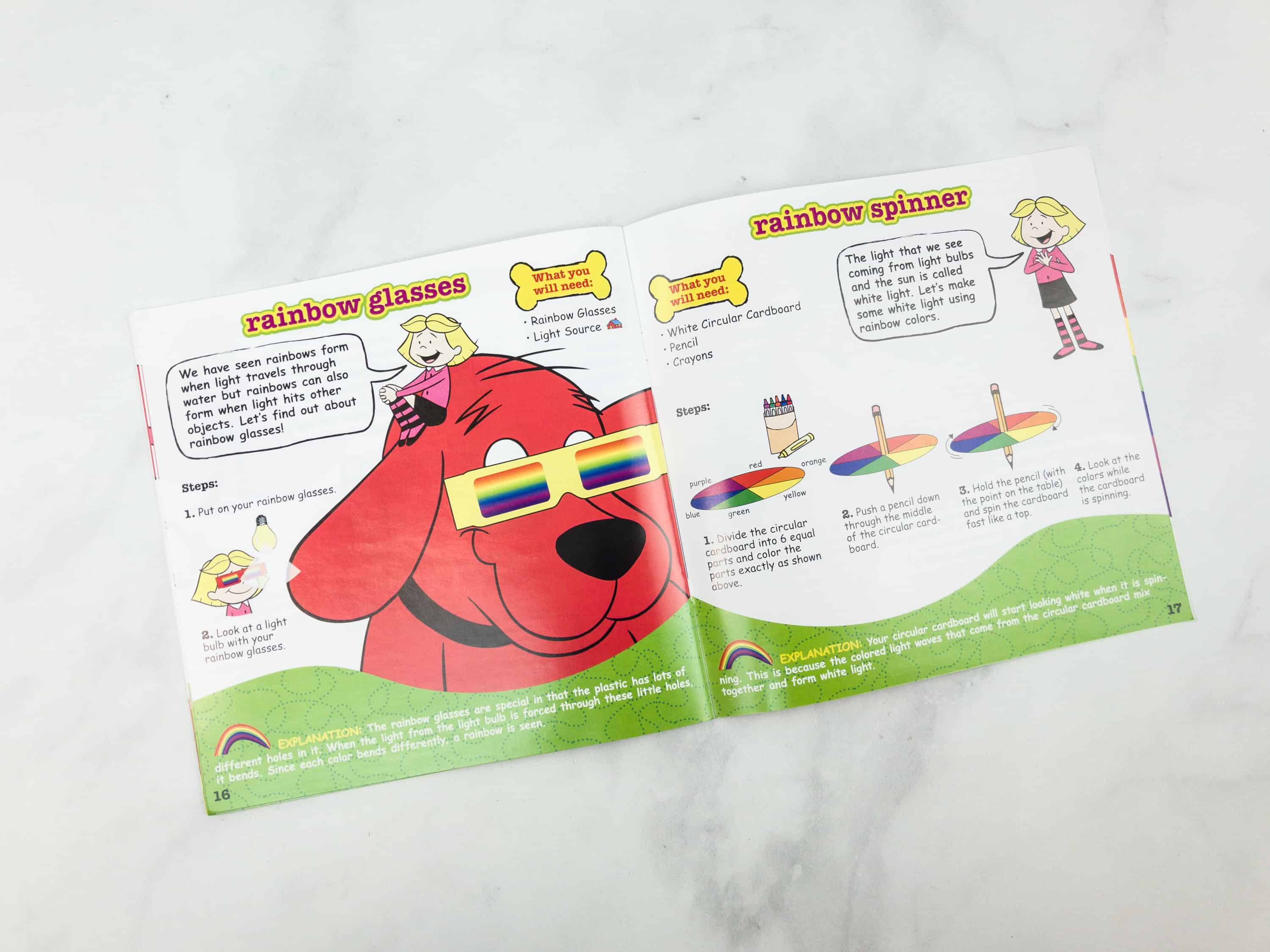
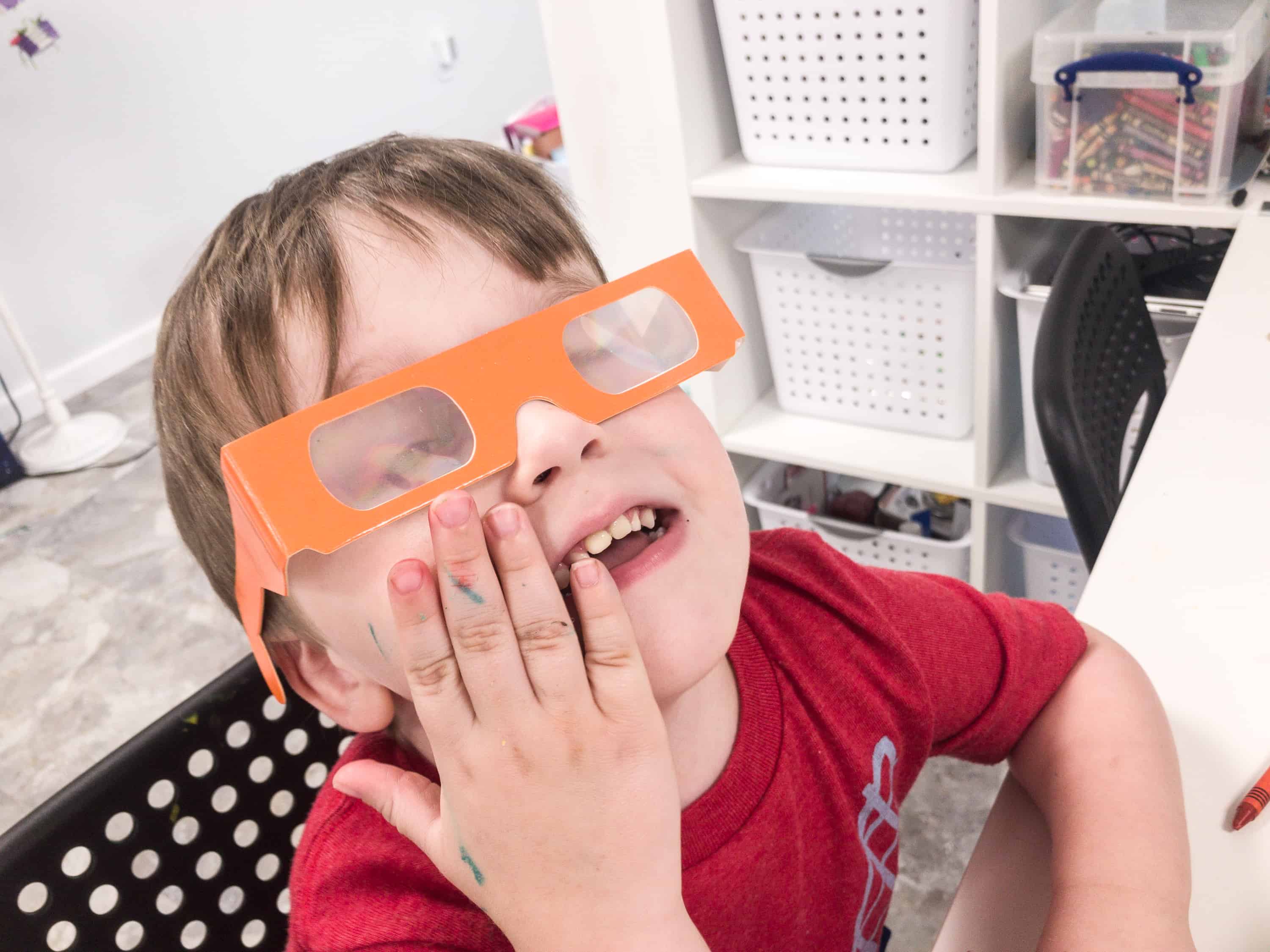
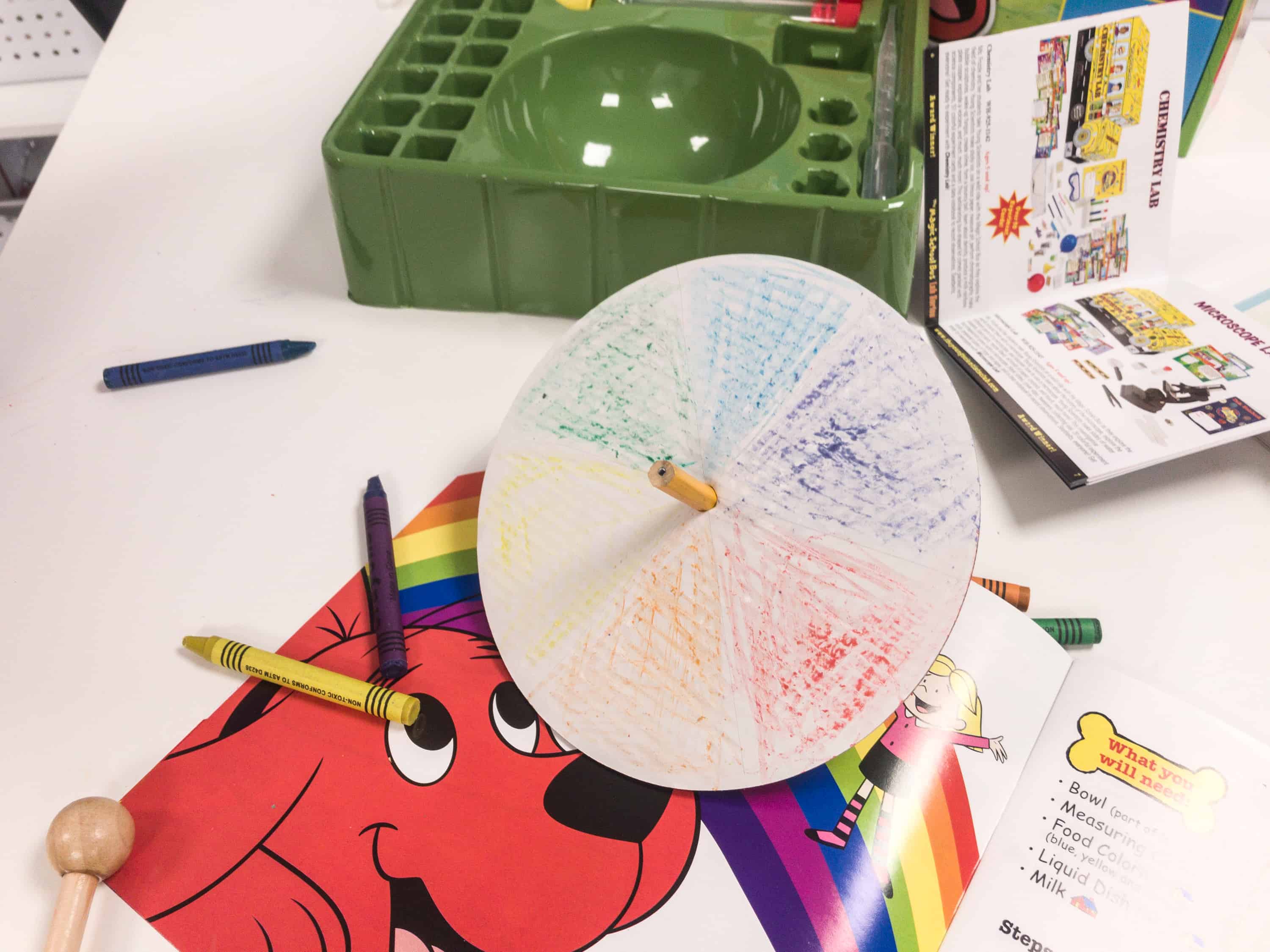
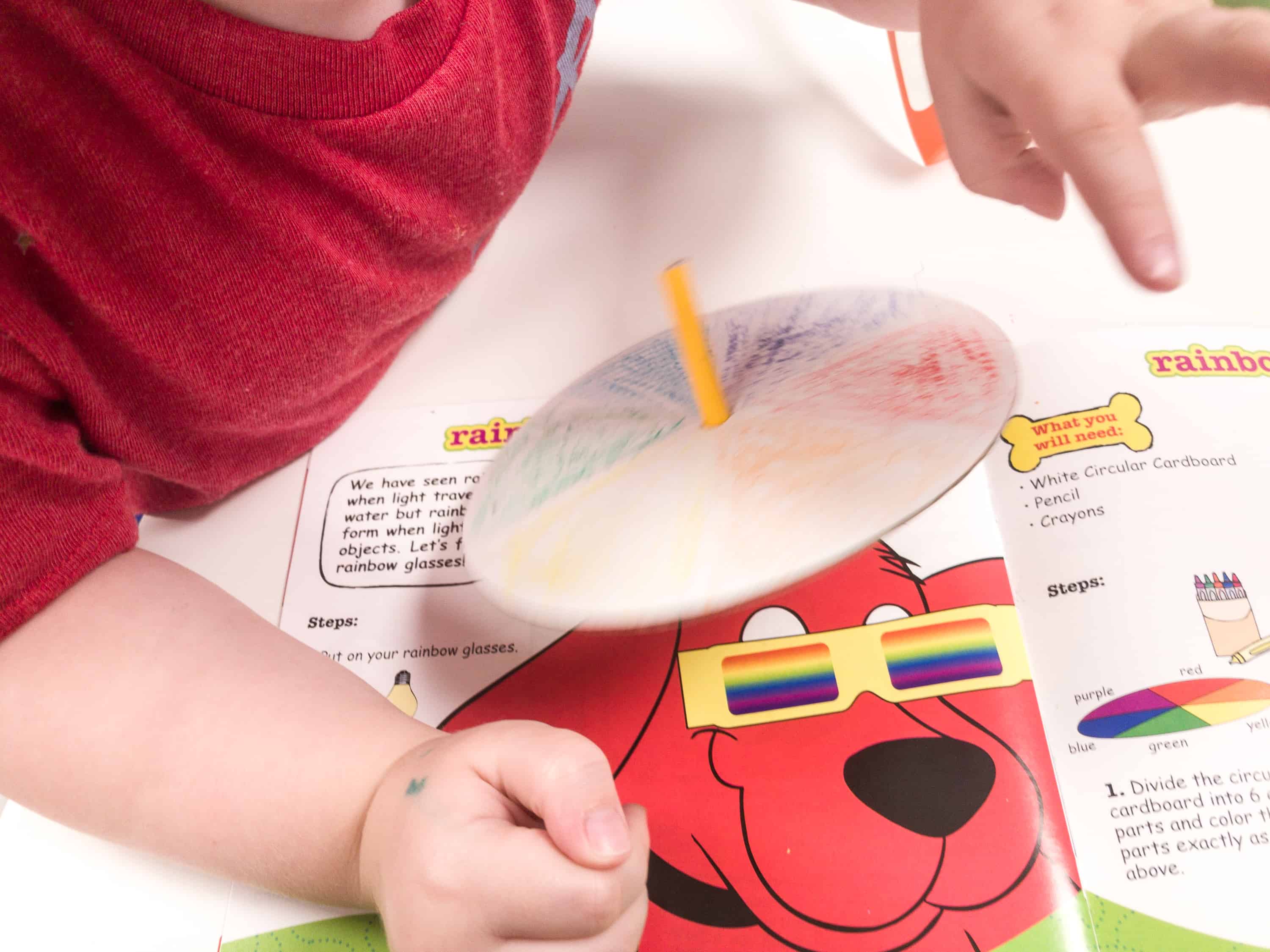
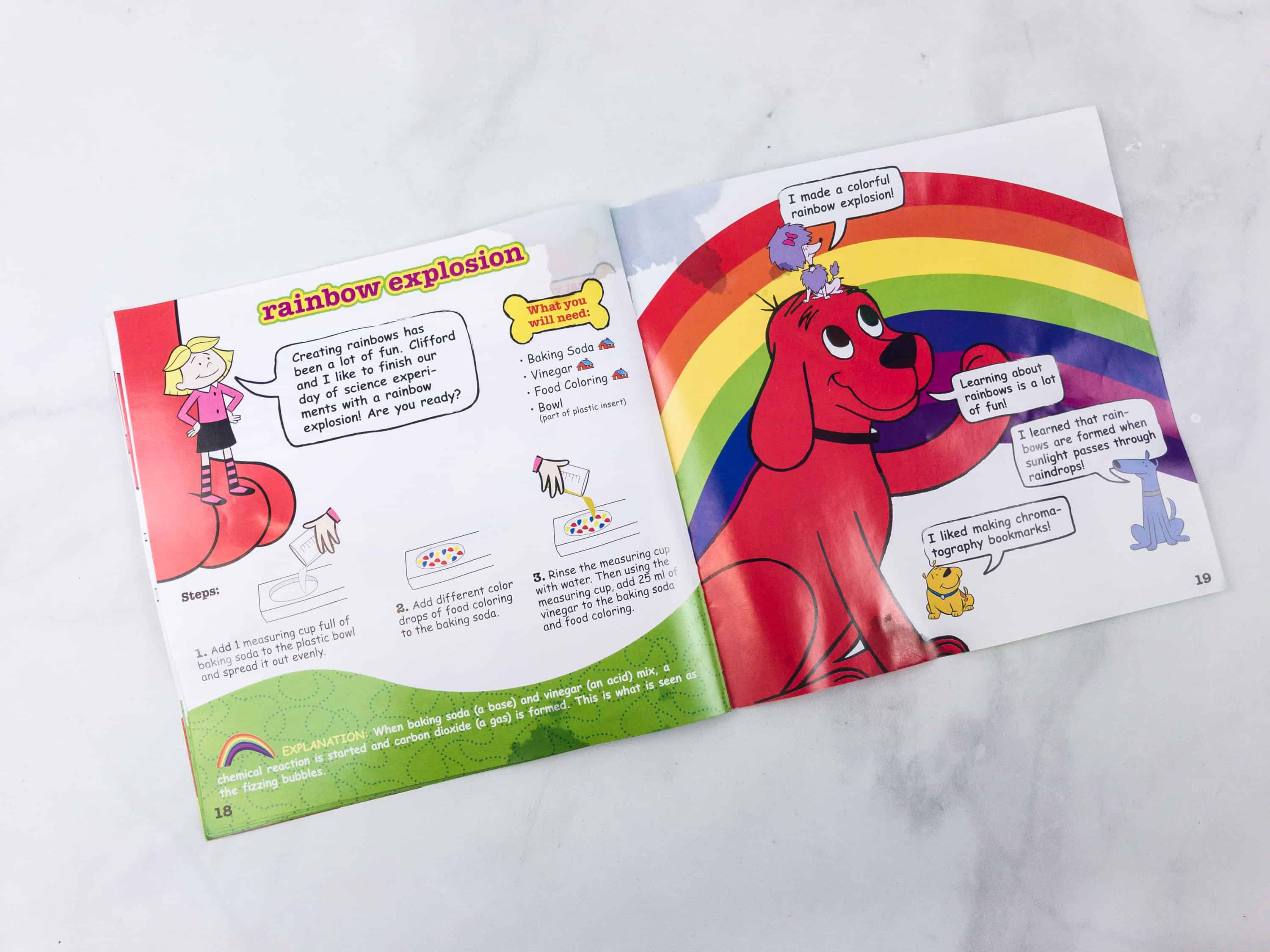
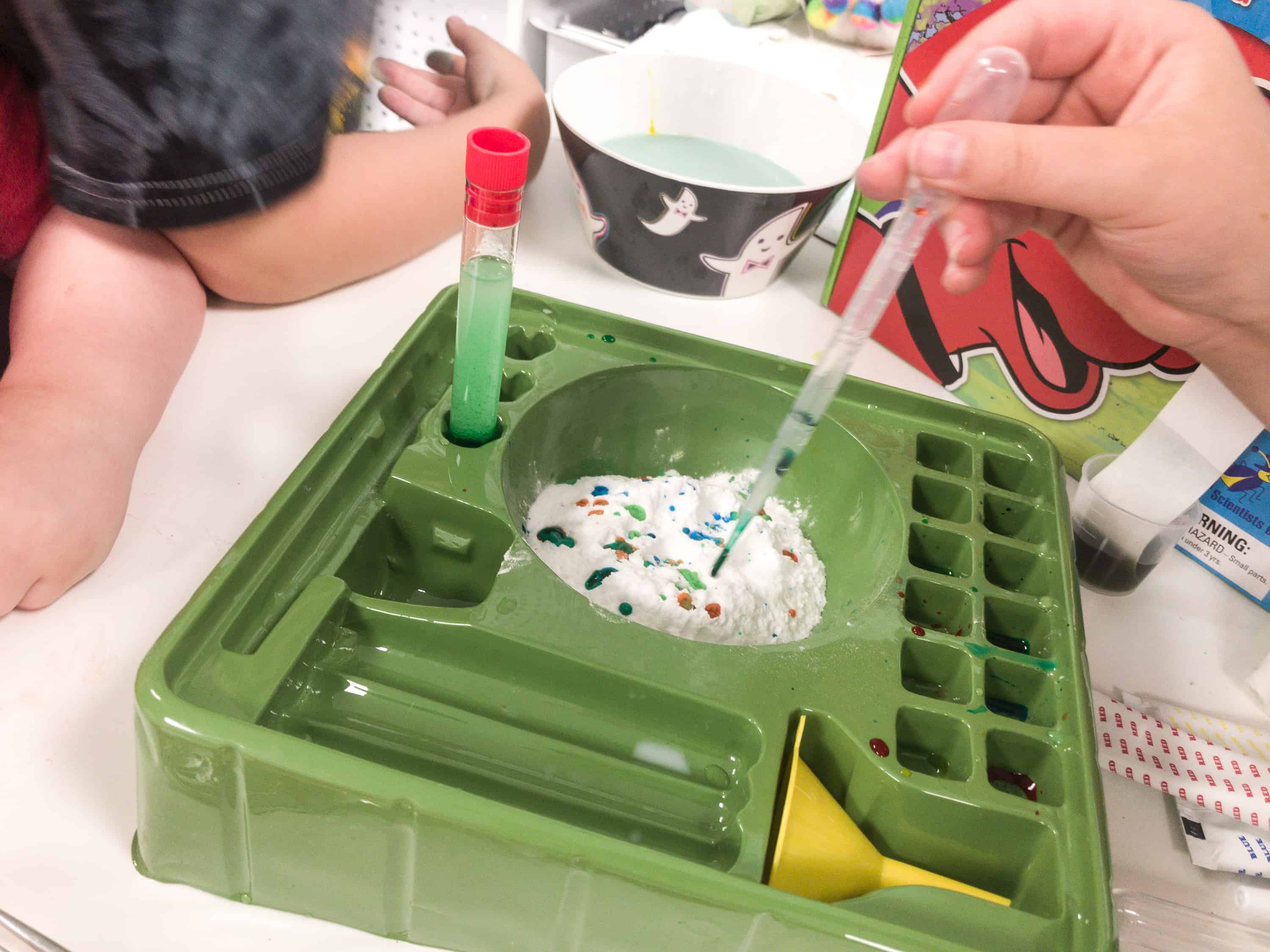
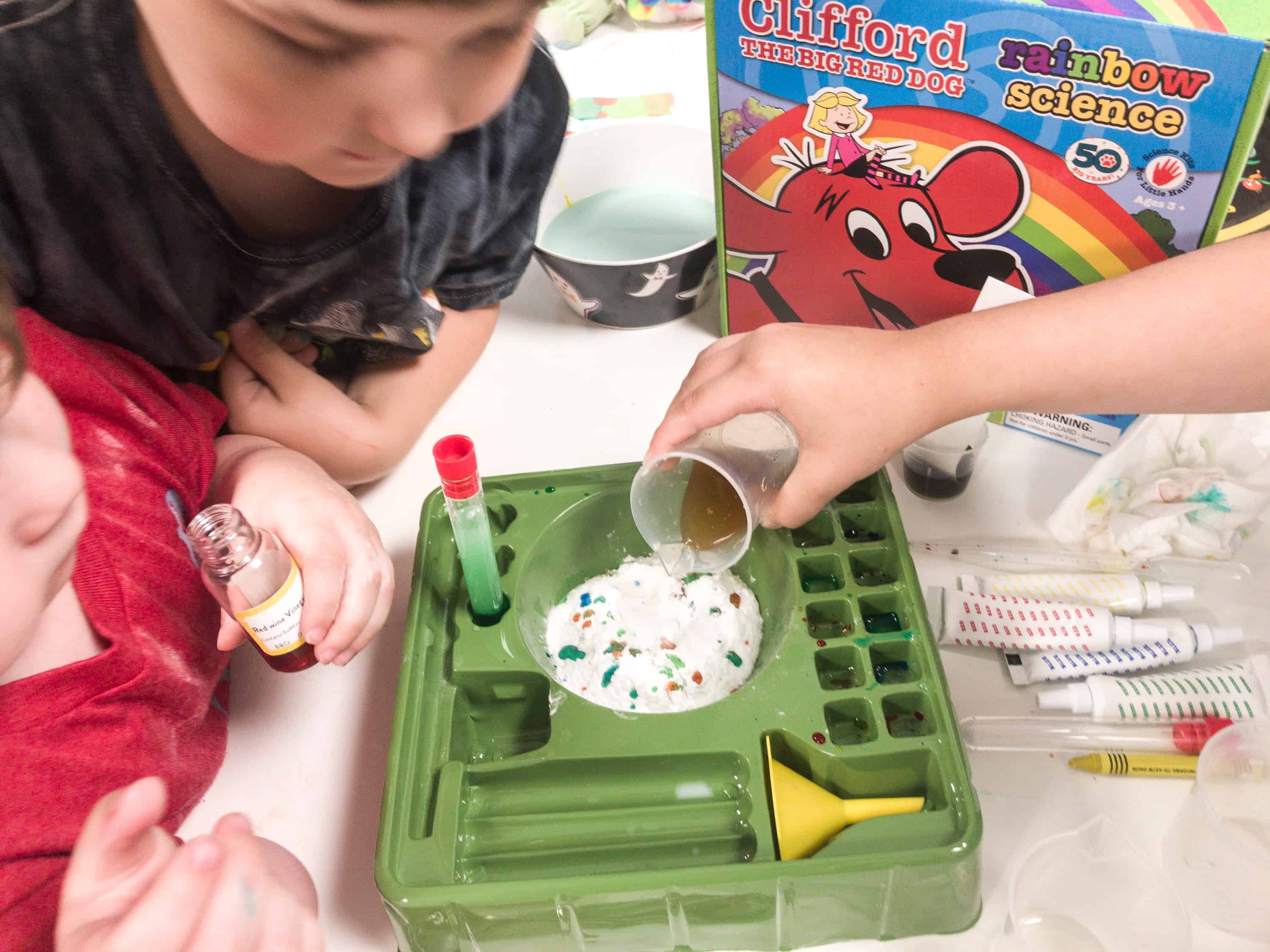
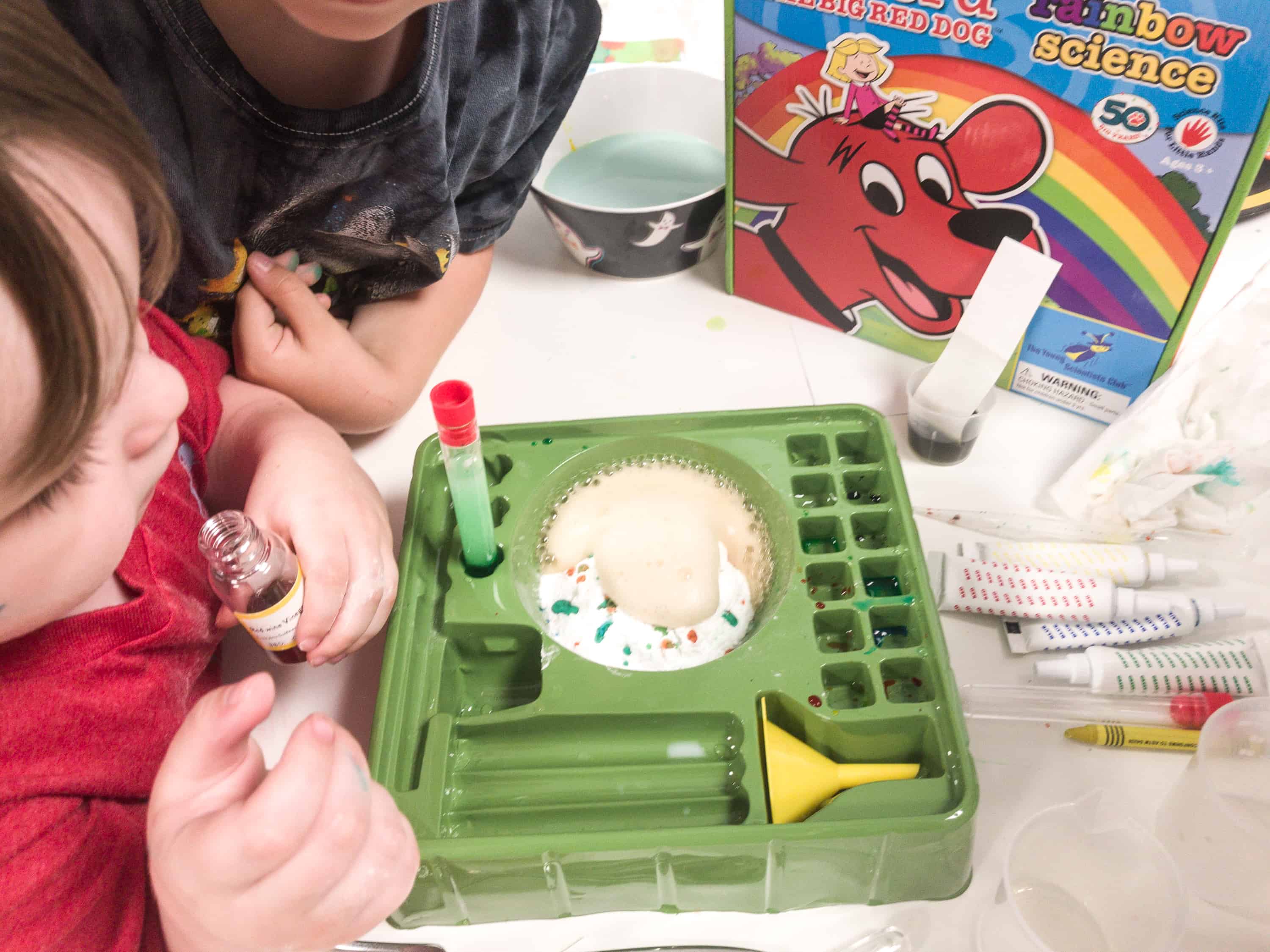




Comments